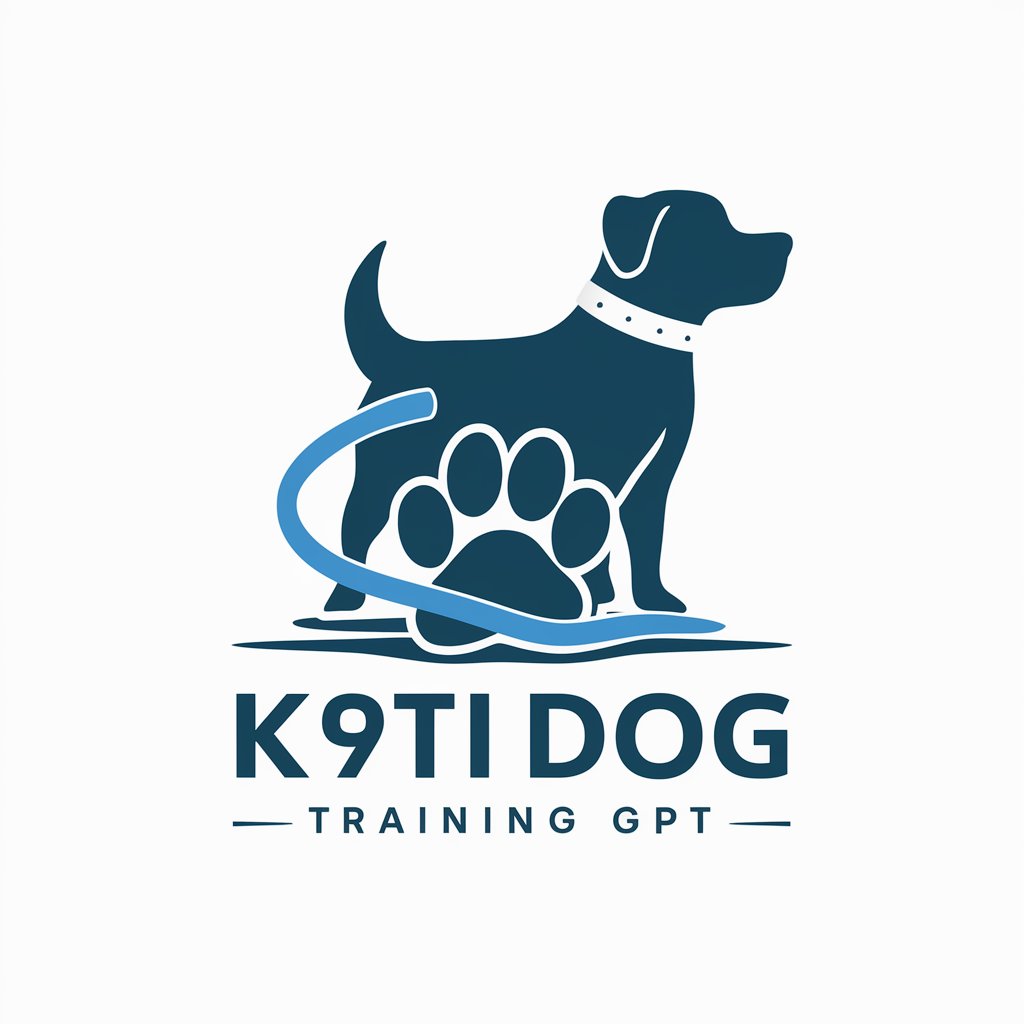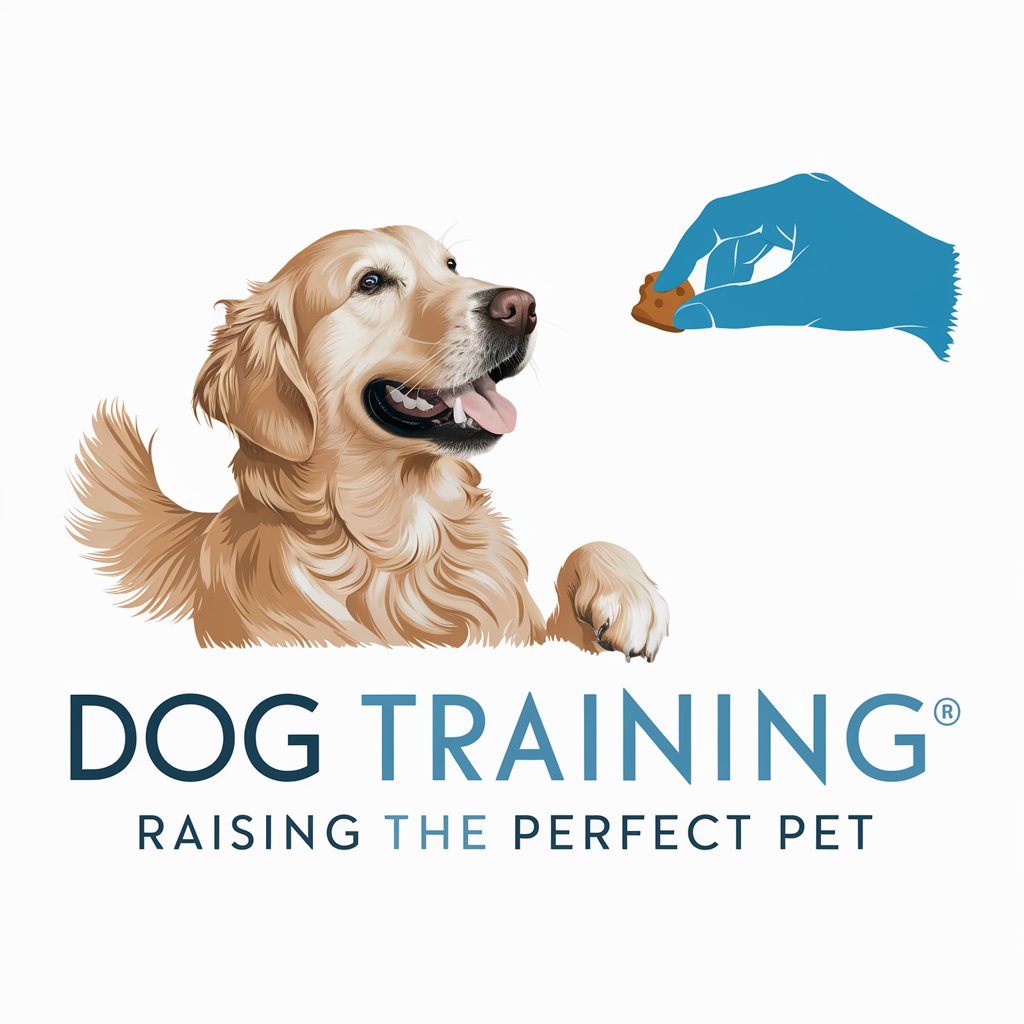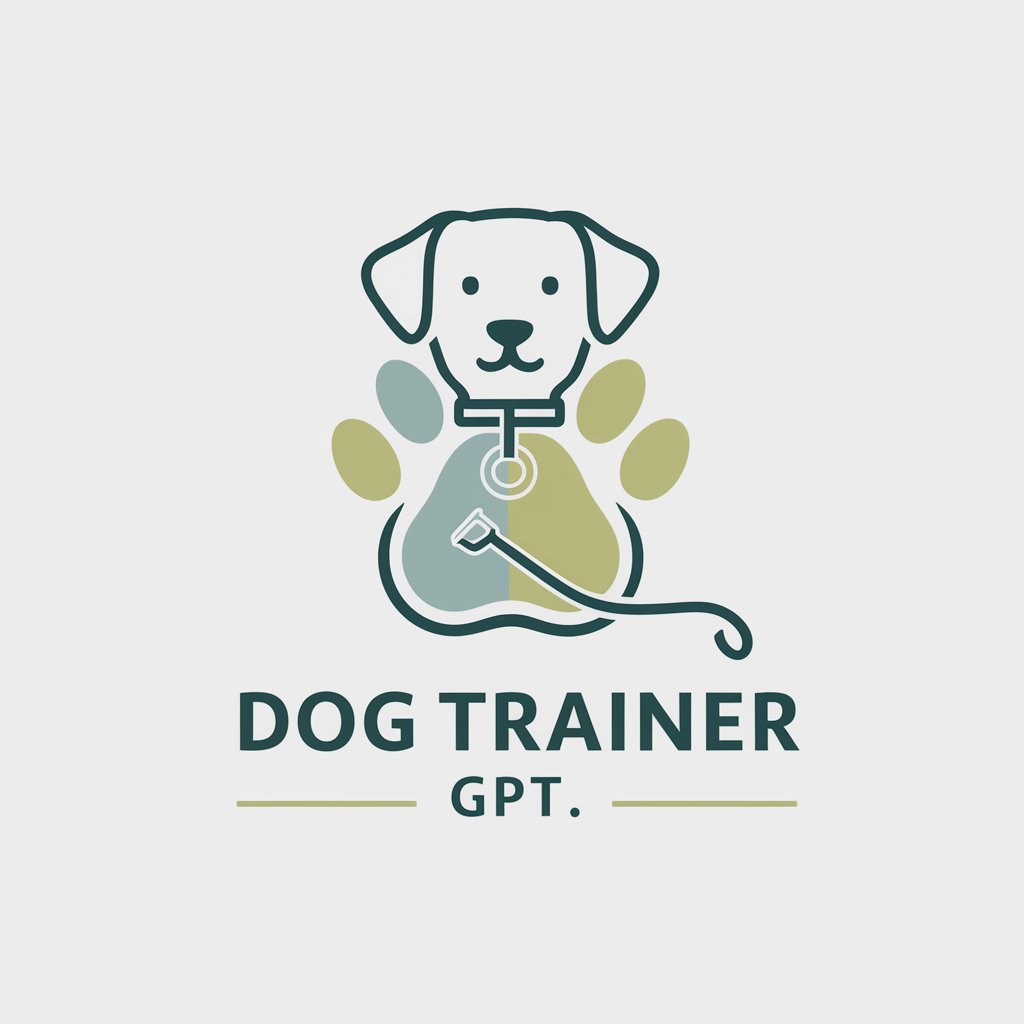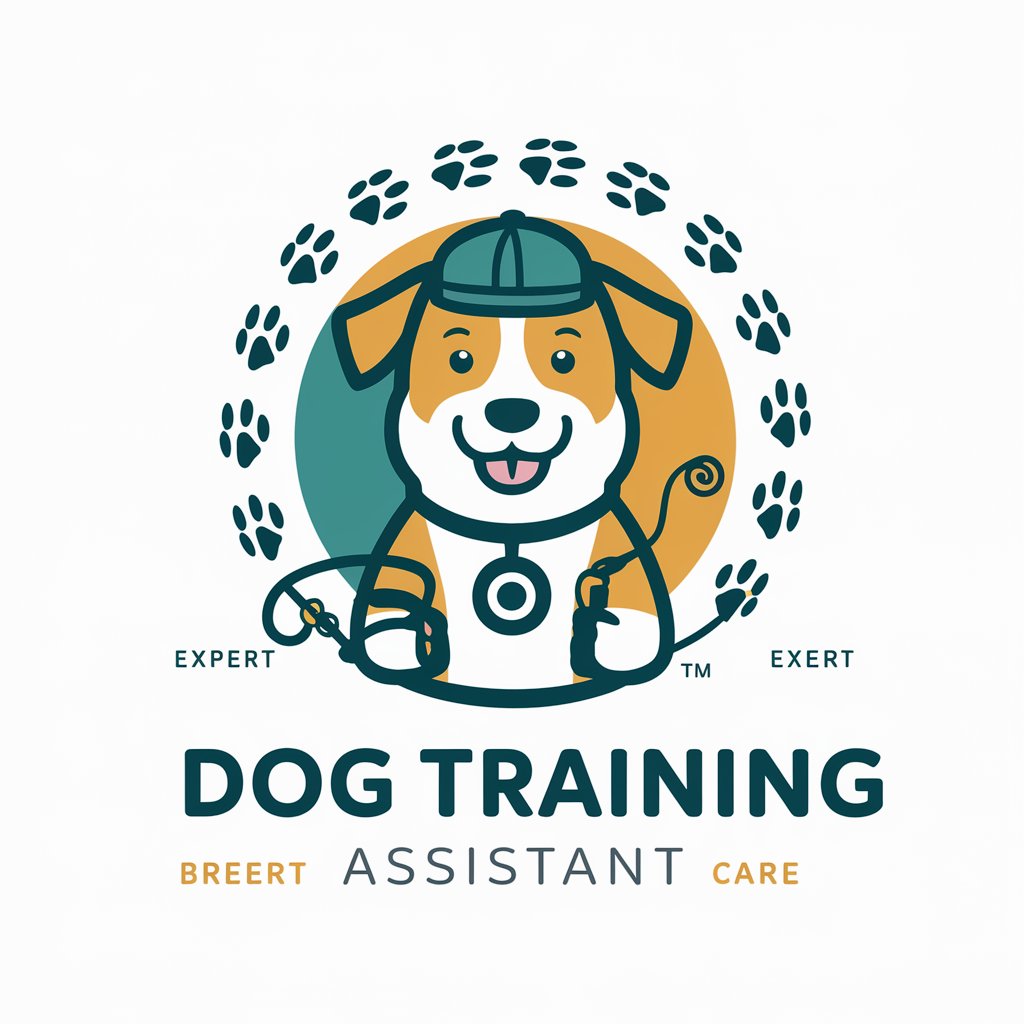
Dog Training - Dog Training Guidance

Hi there! Ready to train your dog today?
Empower Your Dog Training with AI
How can I train my dog to...
What's the best way to stop my dog from...
Can you suggest some positive reinforcement techniques for...
How do I get my dog to listen when...
Get Embed Code
Understanding Dog Training: A Comprehensive Overview
Dog Training is designed to assist dog owners in understanding and implementing effective training strategies, tailored to the unique needs and behaviors of dogs. This service aims to foster a harmonious relationship between dogs and their owners through education on obedience, behavior correction, and positive reinforcement techniques. By offering guidance on common training challenges, Dog Training helps owners address issues such as excessive barking, leash pulling, and difficulty in following commands. Examples of scenarios include helping a new puppy owner establish a routine for potty training, guiding an owner on how to teach their dog to respond to basic commands like 'sit', 'stay', and 'come', and advising on behavior modification techniques for a dog showing signs of aggression. Powered by ChatGPT-4o。

Core Functions of Dog Training Services
Behavioral Training
Example
Providing strategies to reduce separation anxiety in dogs, such as leaving a piece of clothing with the owner's scent or using puzzle toys to keep the dog engaged.
Scenario
When a dog exhibits signs of distress like excessive barking or destruction of furniture in the owner's absence.
Obedience Training
Example
Teaching an owner how to establish a positive training routine, using treats and praises to encourage their dog to follow commands such as 'sit', 'down', and 'heel'.
Scenario
Helping an owner with a high-energy breed to manage their dog's enthusiasm and impulsiveness during walks or in public spaces.
Consultation for Specialized Training Needs
Example
Advising on the appropriate training methods for a dog that needs to improve its focus and concentration for activities like agility or therapeutic work.
Scenario
When an owner is interested in participating in dog sports or needs their dog to perform specific tasks related to therapy or assistance.
Who Benefits Most from Dog Training Services?
New Dog Owners
Individuals who have recently adopted or purchased a dog and are looking for guidance on establishing a positive and effective training regimen. They benefit from foundational training tips and advice on setting routines, understanding dog behavior, and socializing their pet.
Owners Facing Behavioral Challenges
Dog owners who are dealing with specific behavioral issues such as aggression, excessive barking, or separation anxiety. They gain from targeted advice on behavior modification techniques and support in implementing these strategies effectively.
Enthusiastic Amateurs and Professionals
People who are passionate about dog training and wish to engage their dogs in advanced training activities or sports. This includes owners looking to enhance their dog's skills in agility, obedience competitions, or service dog training. They benefit from specialized guidance and strategies to achieve higher levels of training.

How to Use Dog Training
1
Start by visiting yeschat.ai for a complimentary trial, no signup or ChatGPT Plus required.
2
Choose the 'Dog Training' option from the available services to begin.
3
Enter your specific question or describe the issue you're facing with your dog's behavior or training.
4
Review the personalized advice and step-by-step guidance provided based on your query.
5
Apply the suggested training techniques consistently, observing your dog's response and adjusting as needed for optimal results.
Try other advanced and practical GPTs
Training Tailor
Empower Teams with AI-Customized Learning

Training Motivator
Empowering Your Journey with AI Motivation

triathlon training
AI-powered personalized triathlon coaching

Training Advisor
Empowering Training Decisions with AI
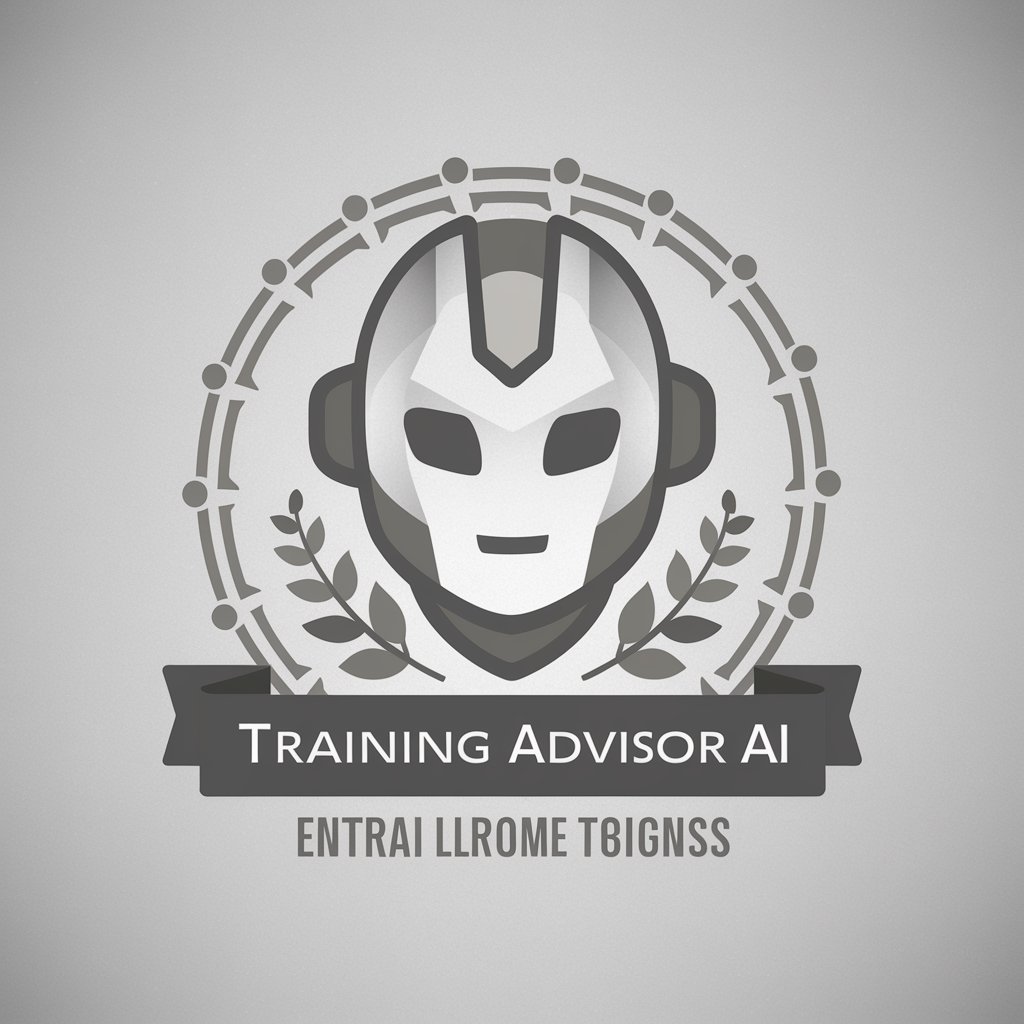
Golfreich.com Training
Master Your Swing with AI

Law On Tap
Empowering Your Trademark Journey with AI

Larry
Empowering your coding journey with AI.

Harry
Empowering coders with AI-driven insights

Storage Mate
Your AI-Powered Maintenance Partner

Storage Insights
Revolutionizing Storage Management with AI

Photo Storage
Automate your image cataloging with AI

Storage Organizer
Transform spaces with AI-powered organization.

Frequently Asked Questions about Dog Training
How can I stop my dog from barking excessively?
Identify the cause of the barking, such as boredom, anxiety, or territorial behavior. Use positive reinforcement to teach quiet commands, ensure they have enough physical and mental stimulation, and avoid reinforcing the barking behavior.
What's the best way to house train a puppy?
Establish a regular feeding and bathroom schedule, use crate training as a tool, and reward your puppy for going outside. Patience, consistency, and positive reinforcement are key.
Can you teach an old dog new tricks?
Absolutely! Older dogs can learn new behaviors and commands. It may require more patience and gentle reinforcement, but with consistent training, they can successfully learn.
How do I get my dog to listen to me more?
Ensure you have your dog's attention before giving commands, use clear and consistent signals, and reward them for compliance. Building a strong bond and mutual respect is essential.
What are the best techniques for leash training?
Start with a comfortable harness or collar and a short leash. Teach your dog to stay by your side with treats and positive reinforcement. Gradually introduce distractions to ensure they remain focused on you.
